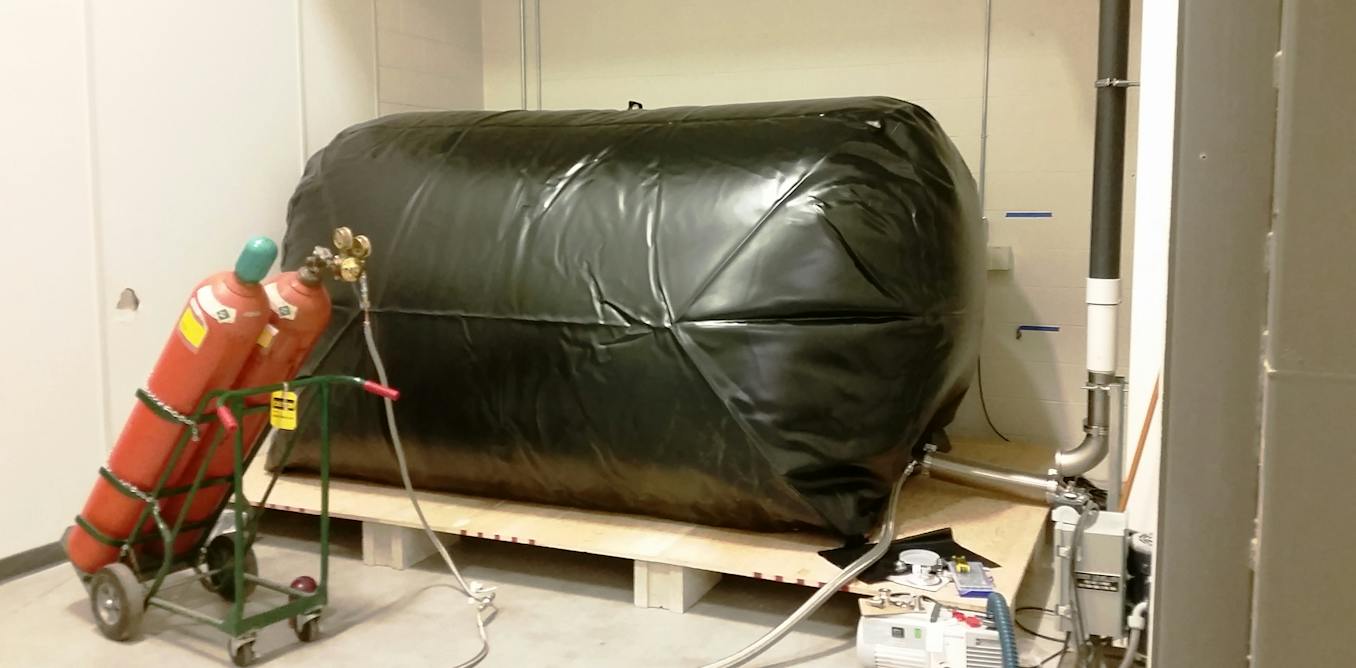- cross-posted to:
- hackernews@lemmy.smeargle.fans

Can we please either stop using floating balloons or replace with hydrogen already, sooo stupid.

Hydrogen balloons are dangerous. I say this as someone who handles them relatively often. One blast can seriously damage your hearing if you are standing next to it. And they explode easily, too.

Fair enough, I stand corrected. Air it is…

Not possible for certain things, plus hydrogen in balloons is dangerous.
It’s needed to super cool magnets in NMR (and MRI), and it’s heavily used as a carrier gas in GC (where hydrogen is used as the flame gas).
Many GC methods could have helium replaced with nitrogen, but the difference in gas performance means updating every method with tedious work.
For NMR, there is no alternative, just varying degrees of effectiveness in how you use helium.

I was specifically talking about novelty balloons. Personally I think the danger is overblown in most situations, small rising pop (perhaps of flame), but if you have a problem with that, use air… with the goal of saving it for more important uses, like some of your examples. Blimps are another egregious waste, especially if usage scales up they need to be engineered for sustainable hydrogen.

Someone needs to make a “balloon” you fill with normal air and then has a rechargable battery and 4 drone propellers to make it float up.
The balloon lasts much longer than a helium balloon, only downside is you have to charge it and it’s noisy.
- Omega_Haxors ( @Omega_Haxors@lemmy.ml ) English1•8 months ago
The Hindenburg was a giant zeppelin 🎶 It’s engineers made a minor oversight
Before filling it with explosive gas they should have fixed the “no smoking” light

Yeah got it, but what if we use it to fill garbage to make it float for a day?

Nah. Let’s inhale it to sound funny.
- Omega_Haxors ( @Omega_Haxors@lemmy.ml ) English1•8 months ago
You can make it in unlimited abundance in fusion reactors. The difficulty in fusion wasn’t producing elements, it was doing so profitably, and now even that’s starting to crack. You can even make a novelty fusion reactor on your desk if you wanted to, it isn’t exactly hard.


